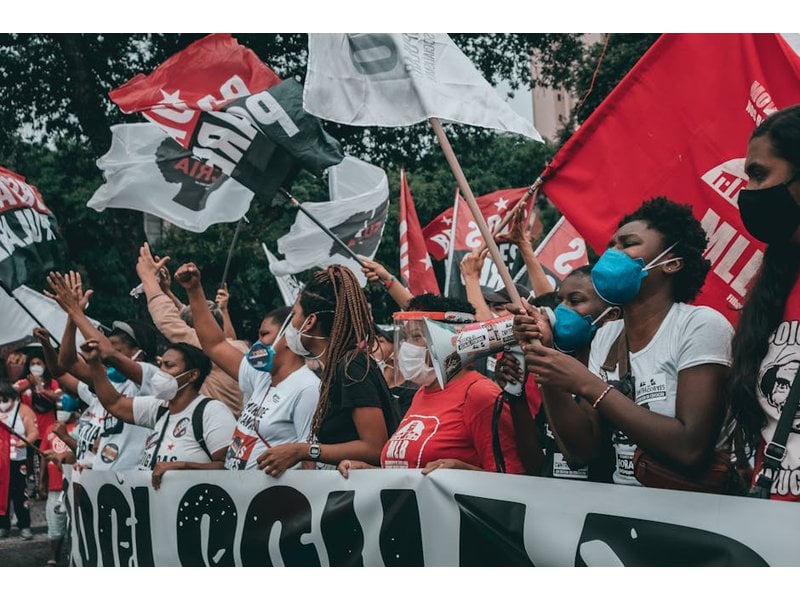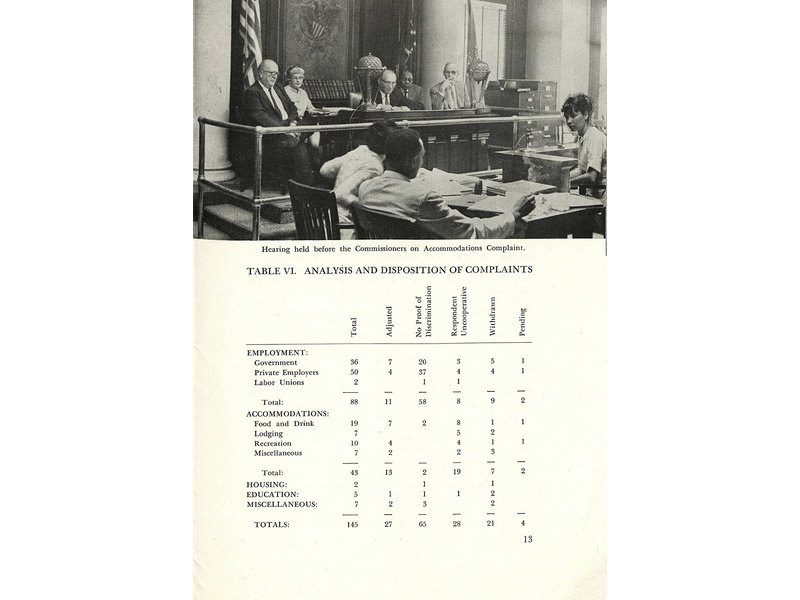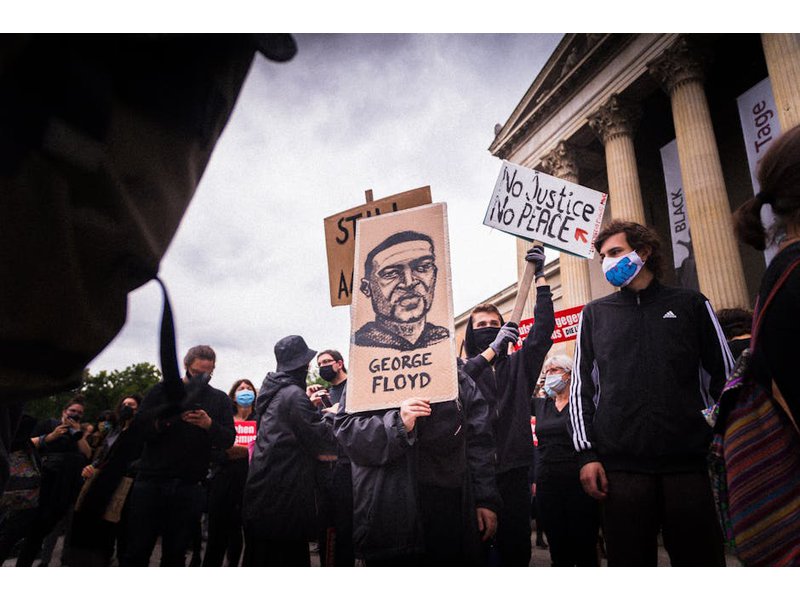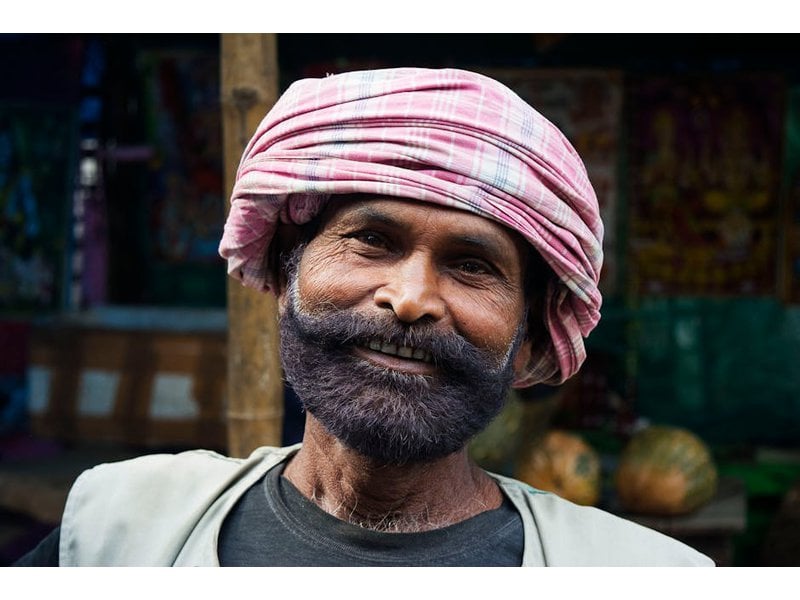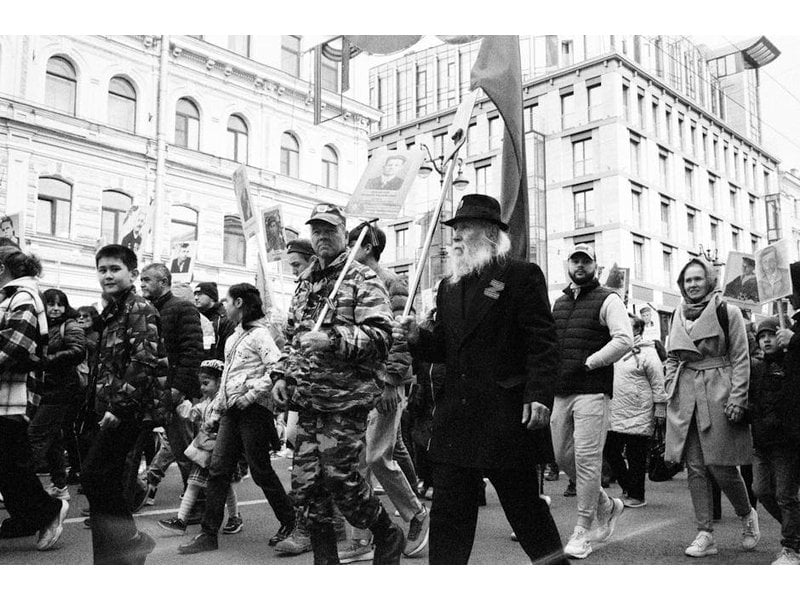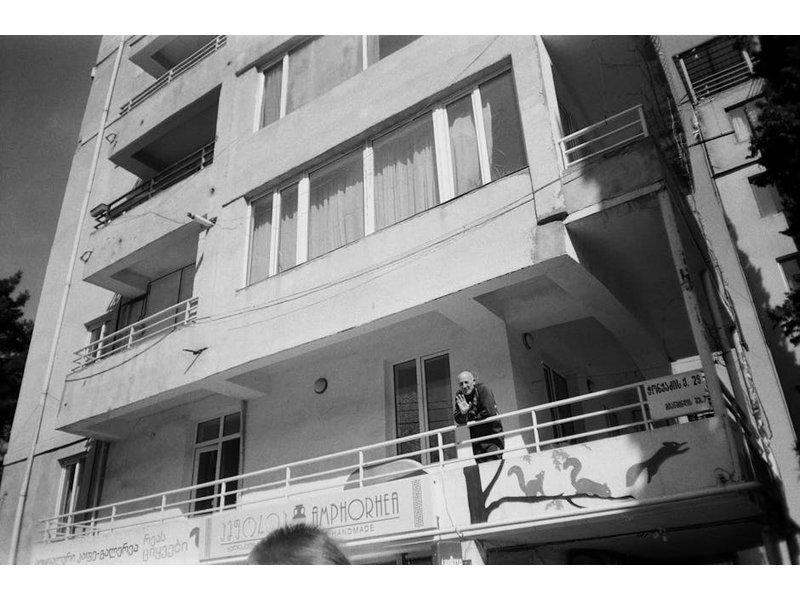046 homage at burial places
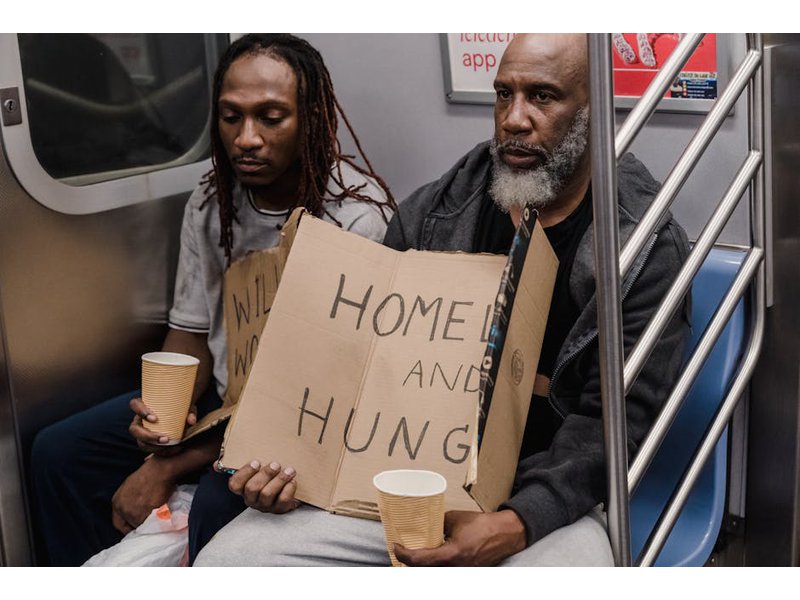
"A visit to a person’s burial place by a large number of people together or by a series of individuals and small groups may express political protest and moral condemnation when the dead has been in some way associated with the cause of the current struggle or when the dead has been killed by the opponent. For example, in St. Petersburg on October 4, 1861, a procession of students opposed to the tsarist regime carried a wreath to the tomb of Granovsky, the historian and friend of Alexander Herzen, the founder of Russian Populism.216 On November 17, 1866, student revolutionaries from the University of Petersburg called “the Terrorist Section of the People’s Will” sought to mark the fifth anniversary of the death of Dobrolubov, the comrade of Chernyshevsky (the great Russian Populist leader) by placing a wreath on his grave, but were prevented by the police and Cossacks.217 During the Nazi occupation of Czechoslovakia on the “anniversaries of Thomas Garrigue Masaryk’s birth and death, people used to go... in thousands to his grave at Lany near Prague to put flowers on his grave,” writes Josef Korbel. “They also would go to the monument of Jan Hus in the center of the old city of Prague and do the same.” 218 In France the bodies of hostages executed by the Nazis were dispersed among inaccessible cemeteries, apparently to avoid large-scale visiting of their graves.219"...
Potentially awesome partners
Potentially problematic matches
High scoring campaigns using this method
Historical cases from the Nonviolent Action Database that used this method
Filipinos campaign to overthrow dictator (People Power), 1983-1986
Ferdinand Marcos was elected president of the Philippines in 1965. Marcos was reelected in 1969 and when barred to run for a third term, he declared martial law and gave himself near absolute power. Marcos assumed full control of the military, dissol...
Lebanese campaign for democracy (Independence Intifada or Cedar Revolution), 2005
On February 14, 2005, a massive car-bomb explosion rocked Beirut, Lebanon, which killed twenty-two people, including former prime minister and leader of the opposition parties Rafiq Hariri. Suspicions were high that Syria, which had occupied Lebanon ...
Lithuanians campaign for national independence, 1988-1991
Russia first occupied Lithuania and introduced a program of “Russification,” an attempt to eliminate Lithuanian language and culture in favor of Russian culture, in the mid-19th century. After 22 years of independence from Russia, the Molotov-Ribbent...
Harlan County, KY, coal miners win affiliation with UMWA union, United States, 1973-1974
In June of 1973, workers at the Brookside coal mine in Harlan County, Kentucky voted 113-55 to replace their membership in the Southern Labor Union (SLU) and join the United Mine Workers of America (UMWA) union. The SLU was largely seen as serving th...
Iranians overthrow the Shah, 1977-79
Agitation in Iran was visible by May 1977 in predominantly intellectual circles. A group of lawyers—upset by the government’s interference in the judiciary—drafted a strongly worded manifesto chronicling the legal abuses that had occurred under the S...
Indigenous Peoples in Bangladesh Protest to Stop Open Pit Coal Mine 2006-2014
Phulbari is a region in the northwest region of Bangladesh. It is an important agricultural region that is also home to low quality coal deposit. Several companies have proposed to use the open pit technique for mining the coal, which would displace ...
Nicaraguan Christians campaign for peace during Contra War, 1983-1989
On July 19, 1979, the Nicaraguan revolution succeeded in overthrowing one of Latin America’s most long-lasting dictatorships: the Somoza dynasty. Leading the popular uprising was the Sandinista Front for National Liberation (FSLN) – a leftist revolut...
Argentine workers campaign for human rights (Semana Roja), 1909
In the late nineteenth century, the Argentinian working class had gained greater self-identification during the economic crisis of 1898–1904, when labor strikes – an unknown phenomenon up to then – unleashed the rapid expansion of labor organizing an...
Pakistanis demand that their government recognize Bengali as an official language, 1947-1952
Language is an important aspect of culture as it communicates and preserves heritage, ideas, and identity. Pakistan and India became independent from British rule in August of 1947. The British Imperial Government, the Indian Muslim League, and the I...
Turkish families protest disappearances (“Saturday Mothers”), 1995-1999
Many Turkish families know the horror of having a loved one simply disappear. From 1991 through 1994, more than one hundred Turkish citizens disappeared after being detained by police. Most, but not all, of the disappeared were Kurds from southeaster...
Low scoring campaigns using this method
Historical cases from the Nonviolent Action Database that used this method
